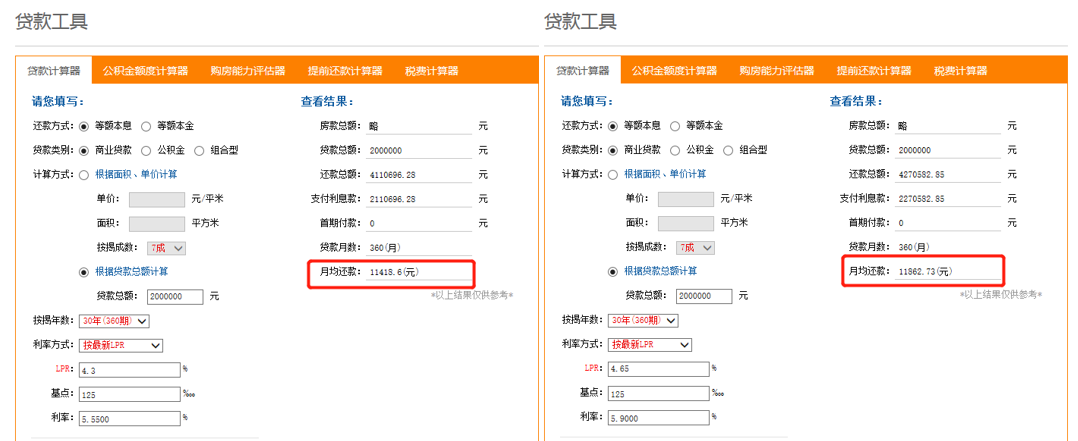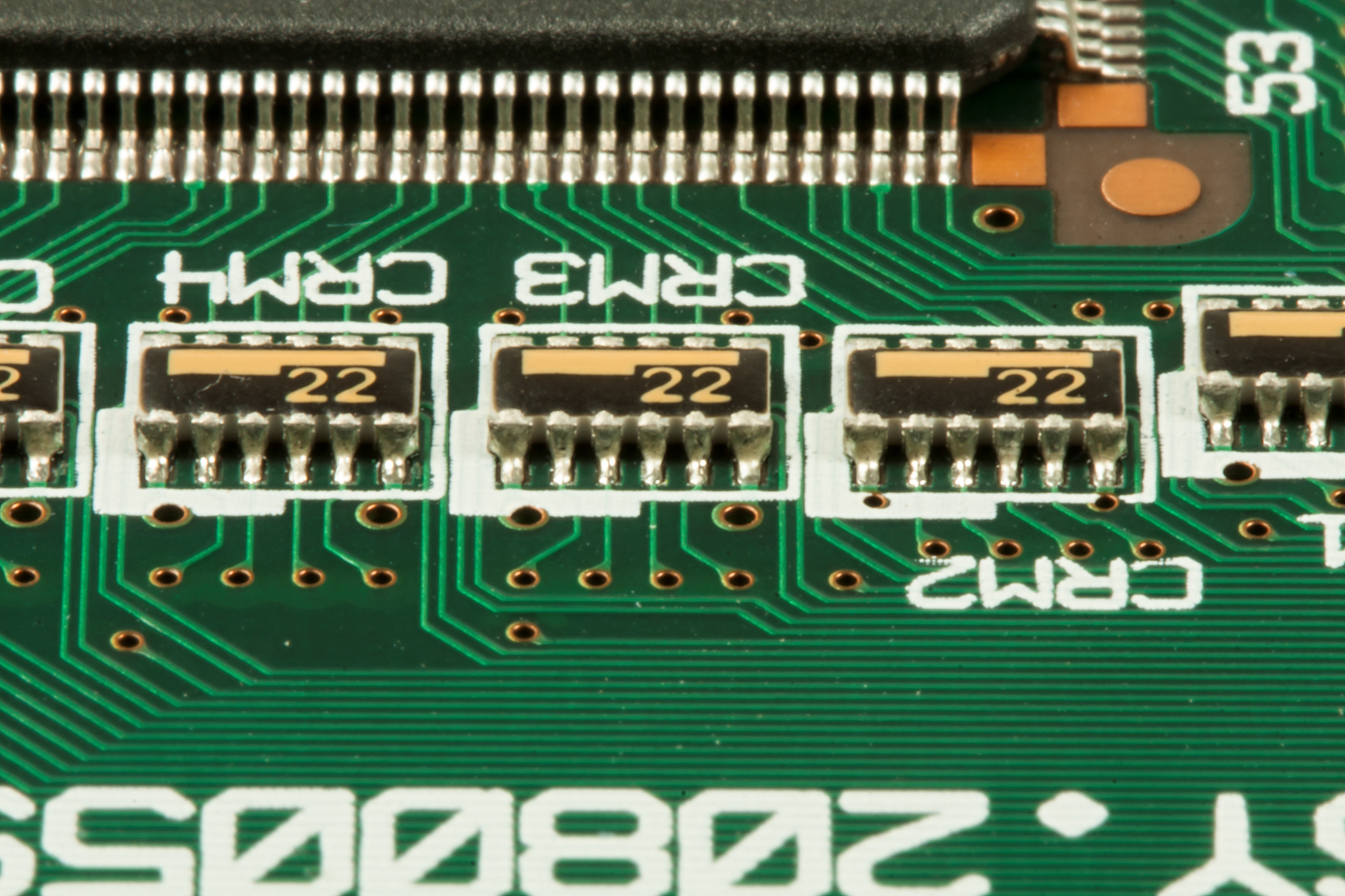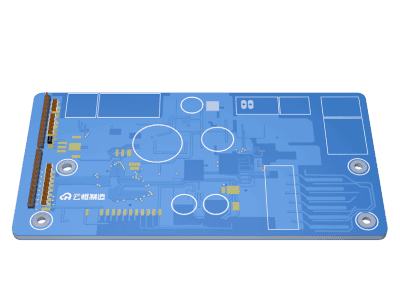TheEvolutionandImpactofIndustrialElectronicMusic(工业电子音乐英文怎么说的)
Industrial electronic music, a genre that emerged in the late 1970s and early 1980s, is characterized by its machine-like rhythms, harsh soundscapes, and often dark lyrical themes. Initially, the term "industrial" was coined to describe the music of Throbbing Gristle, a group that sought to create a new form of music using synthesizers, sequencers, and other electronic devices. This experimental approach paved the way for other artists to explore the possibilities of electronic music, leading to the development of various subgenres within the industrial electronic music scene.
Sound and Style of Industrial Electronic Music
The sound of industrial electronic music is typically marked by a heavy reliance on electronic instruments such as drum machines, synthesizers, and samplers. Rhythms are often repetitive and mechanical, while melodies range from minimalistic to complex. Incorporating elements of noise, distortion, and atonality, this genre creates a unique sonic landscape that sets it apart from other forms of electronic music. The style of industrial electronic music varies widely, with some artists focusing on dancefloor-oriented tracks while others explore more experimental and avant-garde territories.
Cultural Significance of Industrial Electronic Music
Industrial electronic music has had a profound impact on popular culture, particularly in the areas of fashion, visual art, and film. The genre's aesthetic, often featuring dark and dystopian themes, has influenced clothing, album covers, and music videos. Additionally, its sound has been featured in numerous films and television shows, enhancing its mainstream appeal. Many artists have used industrial electronic music as a medium for political or social commentary, making it a powerful tool for cultural critique.
Technological Advancements and Evolution of Industrial Electronic Music
The evolution of industrial electronic music has been closely linked to technological advancements. As new electronic instruments and production techniques have emerged, artists have incorporated them into their work, expanding the boundaries of the genre. The development of digital audio workstations (DAWs) has facilitated sound manipulation and complex arrangements. The rise of modular synthesizers has allowed for greater flexibility in sound design, enabling artists to create unique and intricate textures. These advancements have not only expanded the sonic possibilities of industrial electronic music but also democratized music production, allowing more people to participate in its creation.
Community and Subculture Associated with Industrial Electronic Music
Industrial electronic music has fostered a strong sense of community among its fans and practitioners. Many artists and listeners view it as a form of self-expression and resistance against mainstream culture. This shared ethos has led to the formation of various subcultures within the industrial electronic music scene, each with its own distinct style and values. These communities often organize events such as concerts, festivals, and club nights, providing spaces for like-minded individuals to connect and celebrate their shared passion for this genre.
Contemporary Artists and Future Directions of Industrial Electronic Music
In the present era, industrial electronic music continues to evolve and adapt to changing musical trends. Contemporary artists are pushing the boundaries of the genre by incorporating elements from other styles such as techno, house, and hip-hop. Some artists are also exploring new ways of presenting their music, such as live performances using modular synthesizers or interactive installations. As technology advances and new ideas emerge, industrial electronic music is likely to continue diversifying and expanding its reach, maintaining its status as a vibrant and innovative genre within the world of electronic music. Its community of passionate fans and practitioners will continue to support its growth and evolution, ensuring that industrial electronic music remains a relevant and influential force in contemporary music culture.


















